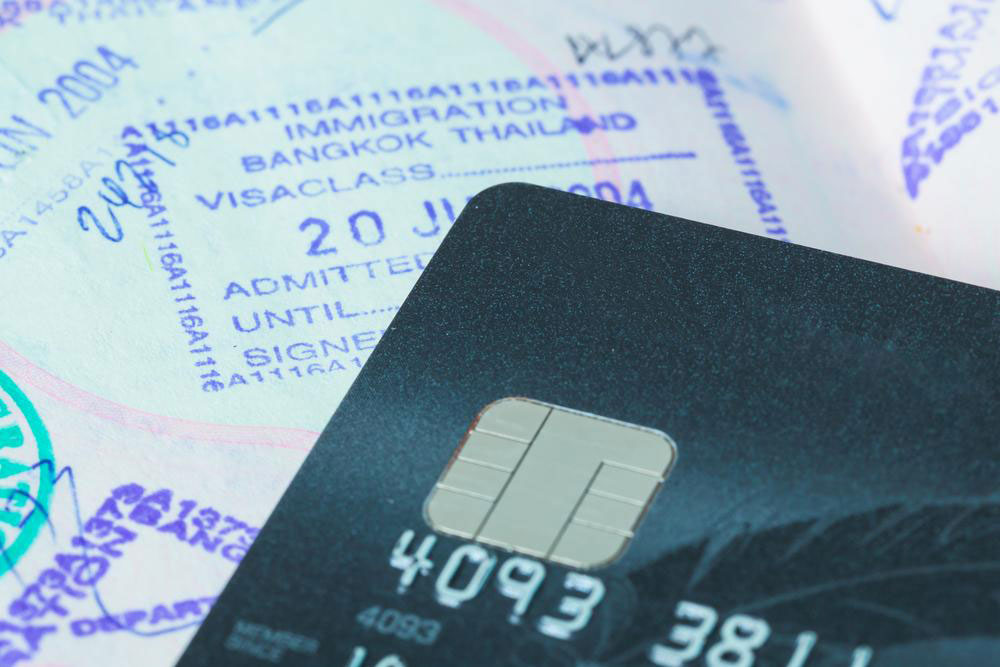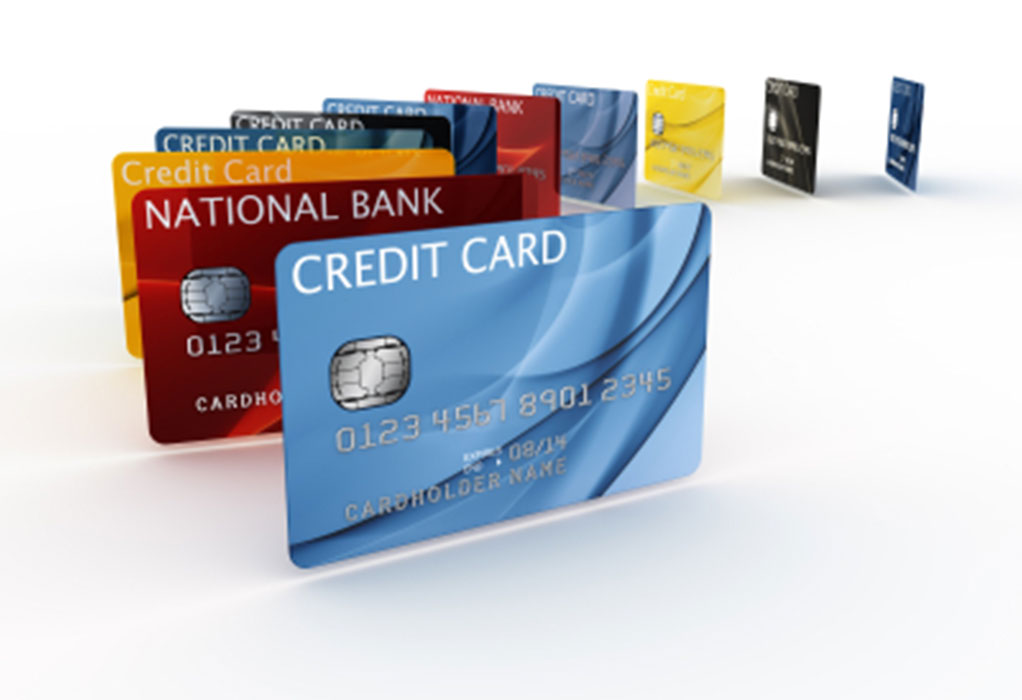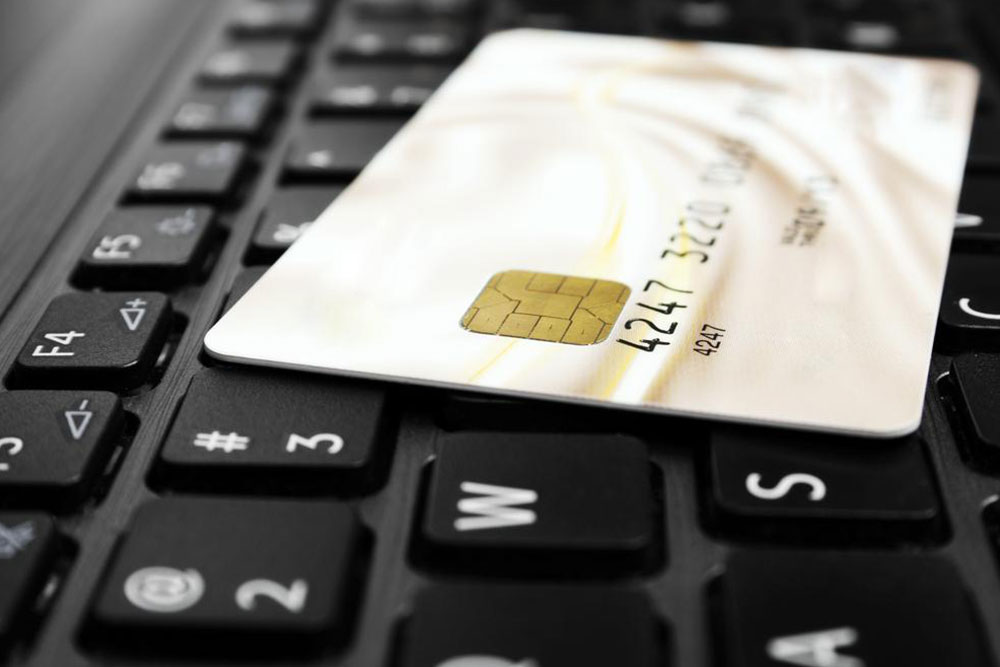Comprehensive Guide to Prepaid Debit Cards: How They Work and Why They Are Increasingly Popular
Prepaid debit cards are emerging as a popular financial tool, especially for unbanked and underbanked populations. They offer flexible reloading options, help control spending, and provide convenience for daily transactions. This article provides an in-depth overview of how prepaid cards operate, their benefits, common challenges, and expert tips for choosing the right card to enhance financial management and simplify cashless payments for users worldwide.

Understanding the Mechanisms and Benefits of Prepaid Debit Cards
In recent years, financial inclusion has become a critical topic, especially with over 40 million Americans remaining unbanked or underbanked. This segment of the population faces barriers in accessing traditional banking services, prompting financial institutions and fintech companies to develop alternative payment solutions. Among these innovations, prepaid debit cards have gained significant popularity due to their simplicity, accessibility, and convenience. These cards serve as a practical tool for managing day-to-day expenses without necessitating a traditional checking or savings account. Once activated, prepaid debit cards can be used across numerous retail locations, ATMs, and online platforms, making them a versatile and user-friendly payment method. This comprehensive guide explores how prepaid debit cards operate, their rising popularity, features, challenges, and tips for choosing the best option suited to your needs.
The Rise of No-Fee Prepaid Debit Cards and Reloadability
One of the key factors contributing to the escalating adoption of prepaid debit cards is the availability of no-fee options. Many providers now offer reloadable prepaid cards that can be conveniently topped up at various retail outlets, banks, or through direct deposit. This flexibility allows users to manage their funds effectively without hidden charges often associated with traditional banking products. Reloadability ensures that users can add money as needed, which is especially beneficial for budgeting and avoiding overdraft fees. The ease of reloading and the absence of maintenance fees have made these cards a preferred choice for many consumers, particularly those seeking low-cost alternatives for financial transactions.
Prepaid cards eliminate the necessity of a traditional bank account, making them highly accessible for a broader audience, including individuals with poor credit histories, those who prefer cashless transactions, and people distrustful of the banking system. These cards function similarly to debit cards but are preloaded with funds selected by the user. They offer enhanced control over spending limits, helping users adhere to budgets and prevent overspending. However, it is essential to understand that not all prepaid cards are created equally; some providers may impose additional fees or restrictions. Key factors to research include activation fees, reload costs, monthly maintenance fees, and any penalties related to minimum balances or inactivity.
Evaluating various features across different providers allows consumers to select a prepaid card that best suits their financial habits and lifestyle needs. Choosing the right product can lead to improved financial management and a smoother transaction experience.
The Growing Popularity of Prepaid Debit Cards and Their Benefits
The primary appeal of prepaid debit cards lies in their convenience and flexibility. Users load a specific amount of money onto the card, which can then be used for everyday purchases just like a debit or credit card. Vendors and retailers often enhance the utility of prepaid cards by offering additional perks—such as cashback rewards, free ATM withdrawals, and the ability to pay bills online or manually at utility companies—further boosting their attractiveness. Online shopping becomes more accessible through prepaid cards, especially for individuals without traditional bank accounts, thus expanding payment options and fostering financial inclusion.
Challenges and Costs Associated with Prepaid Debit Cards
Despite their many benefits, prepaid cards are not without drawbacks. They can carry various fees that may diminish their cost-effectiveness if not carefully managed. Common charges include activation fees, monthly maintenance fees, reload fees, ATM withdrawal fees, and penalties for inactivity or insufficient funds. These fees can vary widely among providers, from a few dollars to upwards of twenty dollars, making it essential for users to scrutinize the fee structures before committing. In some cases, hidden charges can accumulate, negating the advantages of using prepaid cards for budgeting and cashless payments.
Guidelines for Selecting the Best Prepaid Debit Card
Choosing the right prepaid debit card requires careful consideration of the provider’s fee structure, reload options, customer service, and additional features. Leading financial service providers such as American Express, Bluebird by American Express, Kaiku Finance, and Visa offer options with minimal or no activation fees and no monthly maintenance charges. Always conduct thorough research by comparing different providers, reading customer reviews, and understanding the fee disclosures before making a decision. For consumers without a bank account or those seeking a low-cost alternative for managing finances, selecting a suitable prepaid card can significantly simplify financial transactions, improve budgeting, and provide peace of mind when handling money.




